1、 Curing method
1. Temperature: mangosteen prefer a slightly higher temperature. Specifically, it grows most vigorously between 25 and 35 degrees. If it is around 20 degrees, it can basically meet its growth conditions. In summer, it can be no higher than 35 degrees. In winter, it needs to be no less than five degrees, otherwise it is easy to get cold
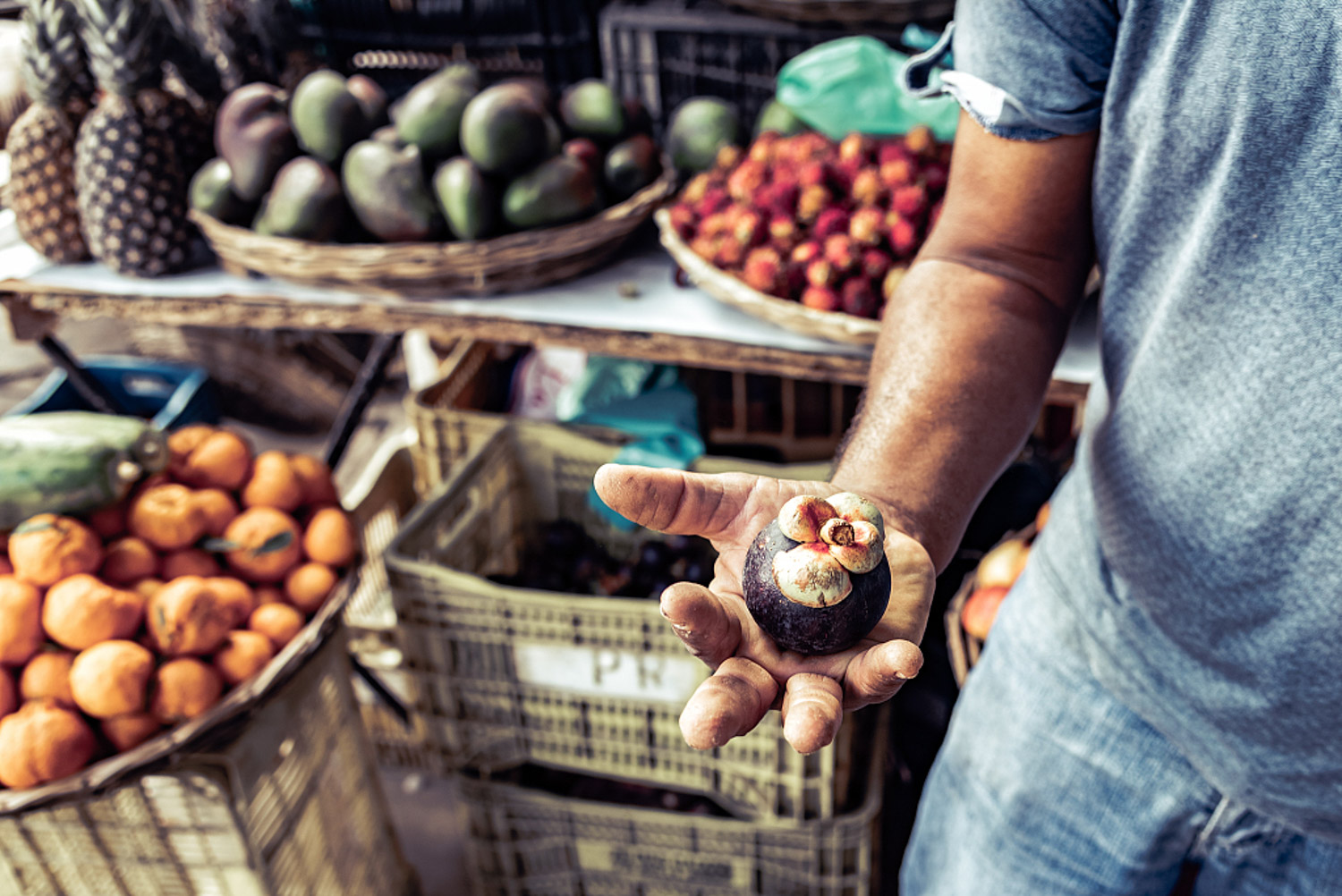
2. Watering: in the growth period of mangosteen, it needs more water. However, even in the growth period, it is best not to accumulate water. In winter, you can't do it completely. When the temperature is appropriate, it is also necessary to replenish water in time
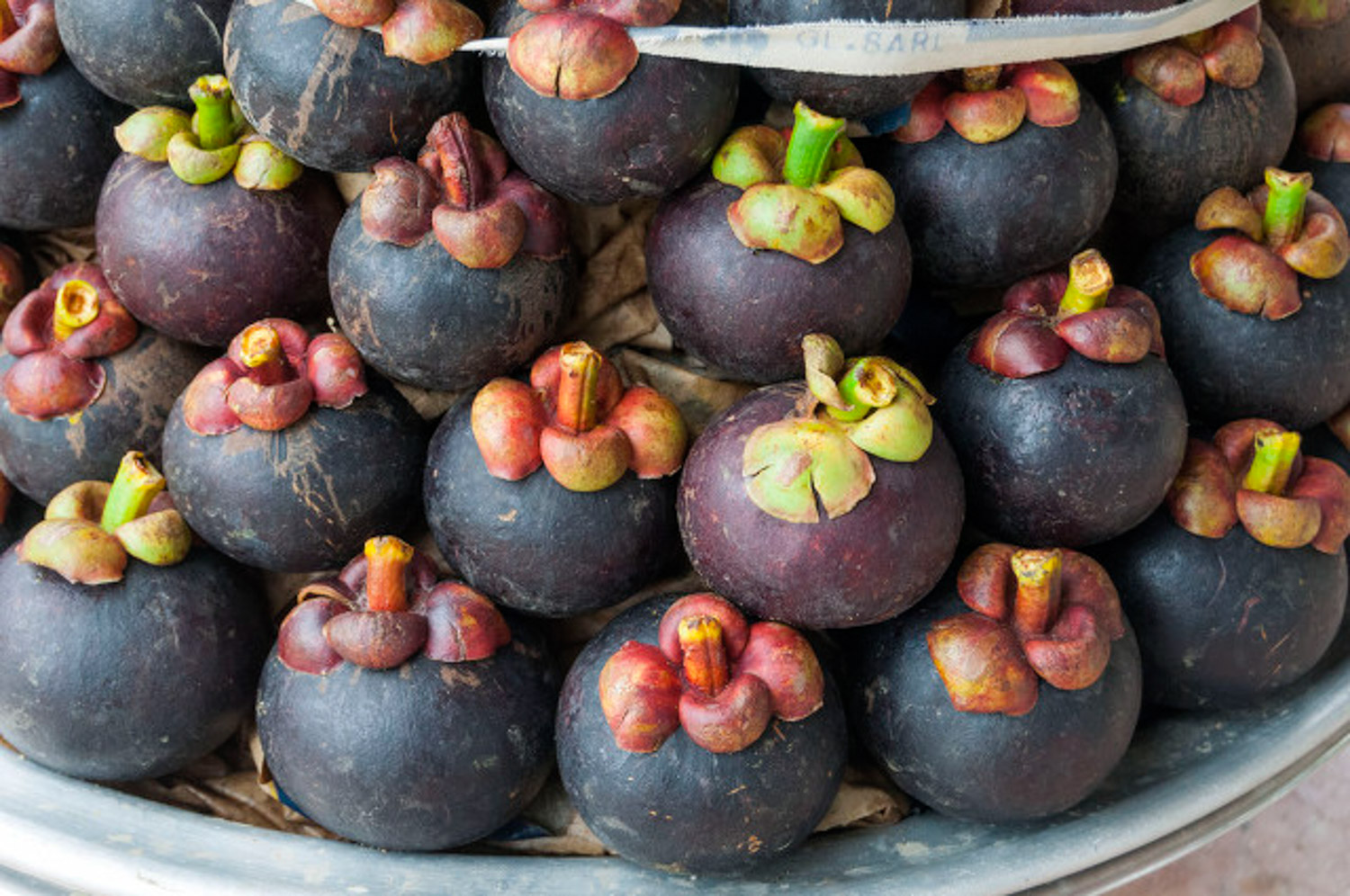
3. Illumination: yamatakeshi likes weak light, and strong light is not suitable for it. Specifically, the degree of shading is preferably between 40% and 75%. Of course, it can also be directly placed in the semi Yin position
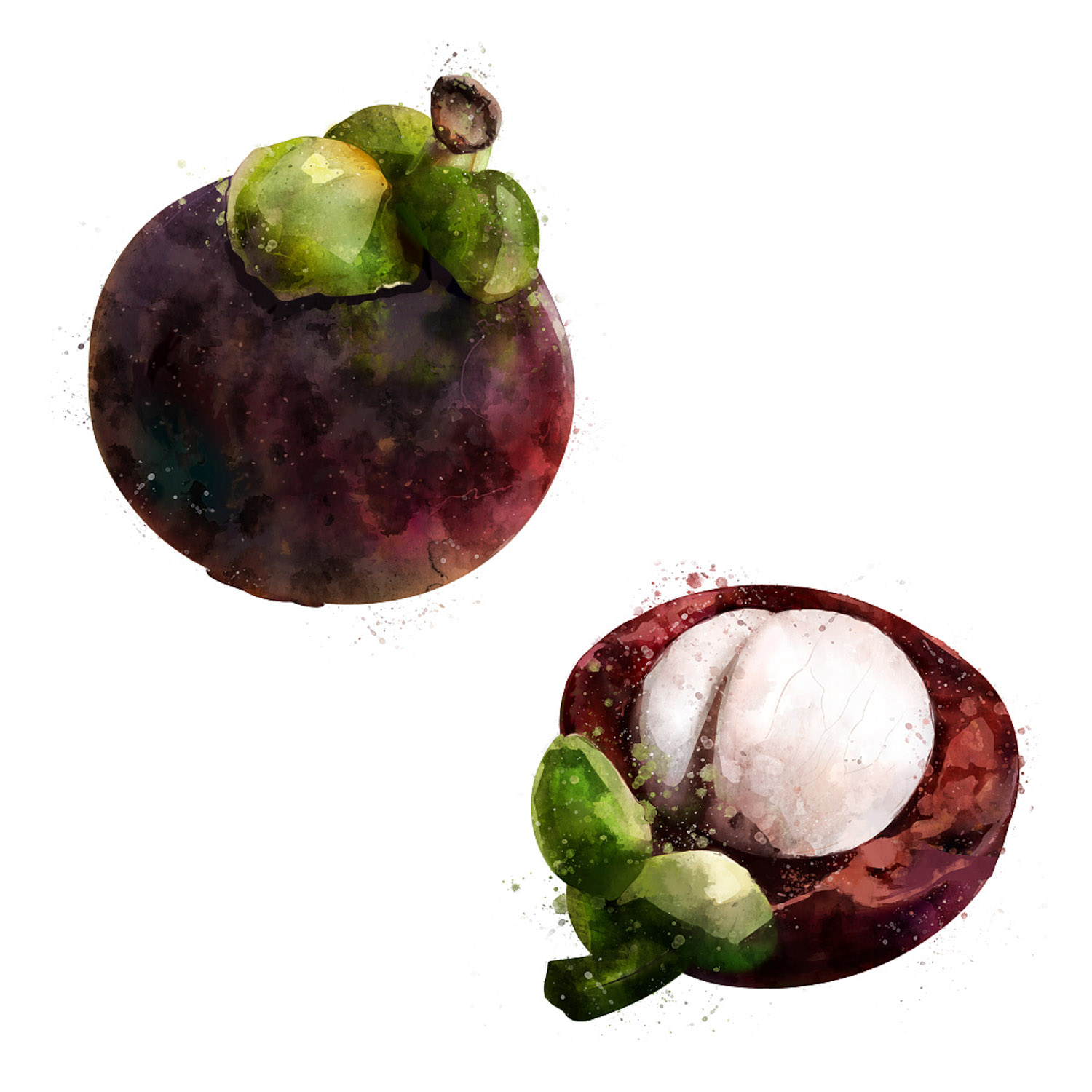
4. Soil: its requirements for soil are reflected in nutrition, drainage and pH. It is better to choose fertile, easy to drain and acidic soil
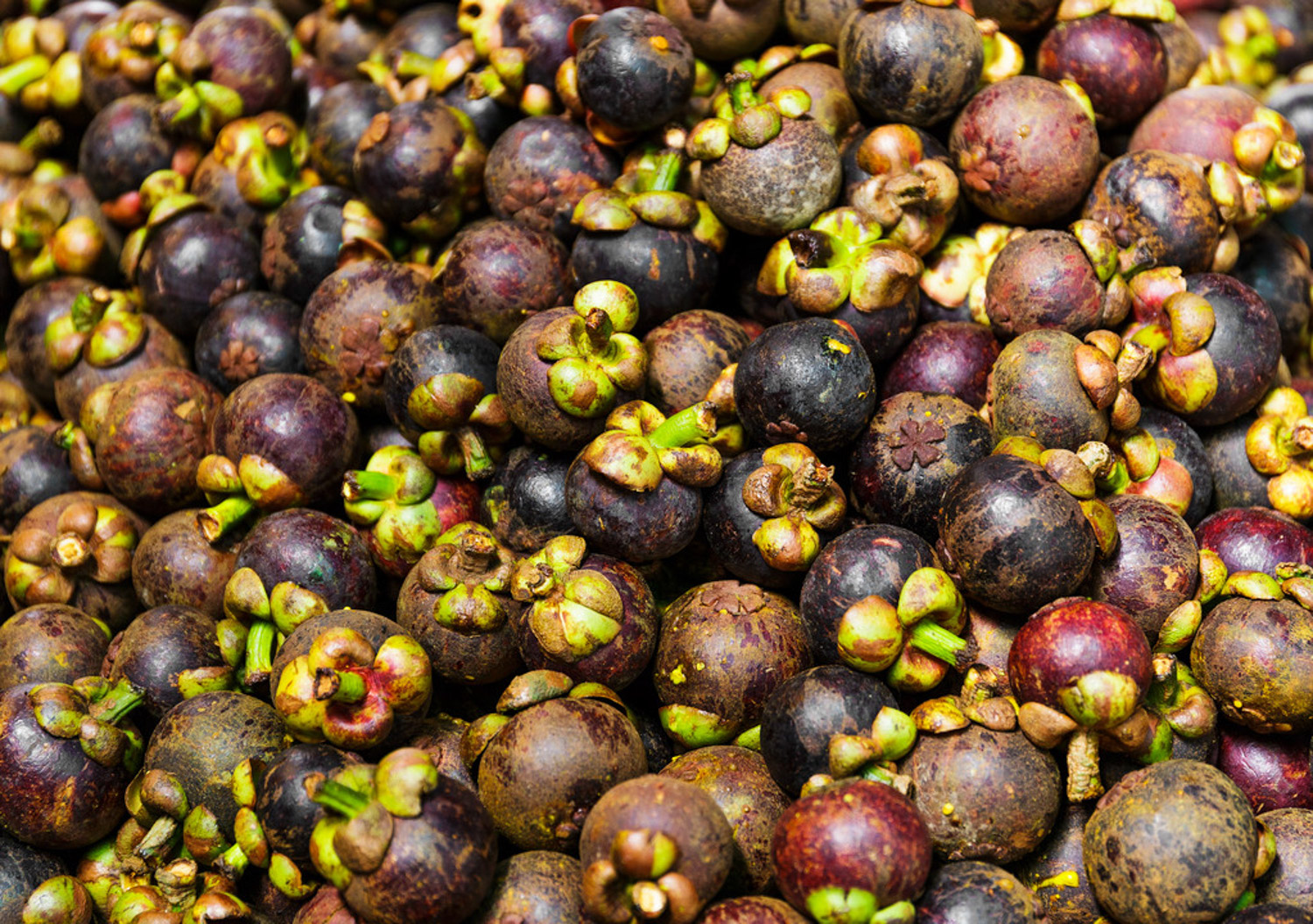
2、 Breeding skills
1. Propagation: it can be propagated by cutting. A strong branch with a length of about 8 to 10 cm can be cut, and then. Then, sandy soil can be selected as the matrix. After drying the wound on the branch, you can cut. After cutting, pour a little water and put it in a cool place
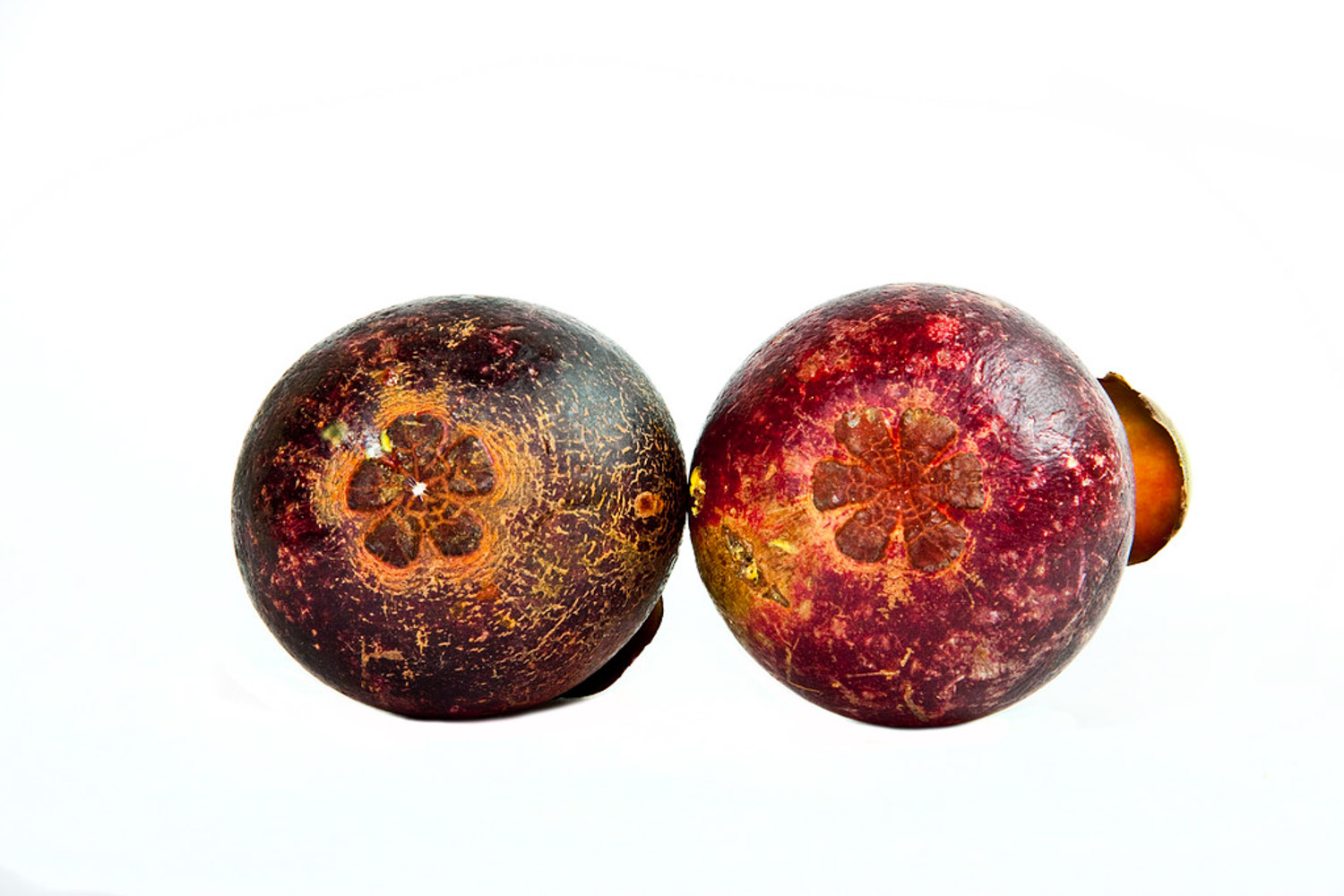
2. Change basin: because it has certain requirements for soil, it's best to change the basin regularly. It can be once every two years or once every three years. If the soil quality is poor and the caking phenomenon is very serious, it can also be replaced in time. Flower pots can also be replaced. Combined with basin changing, it can also be trimmed
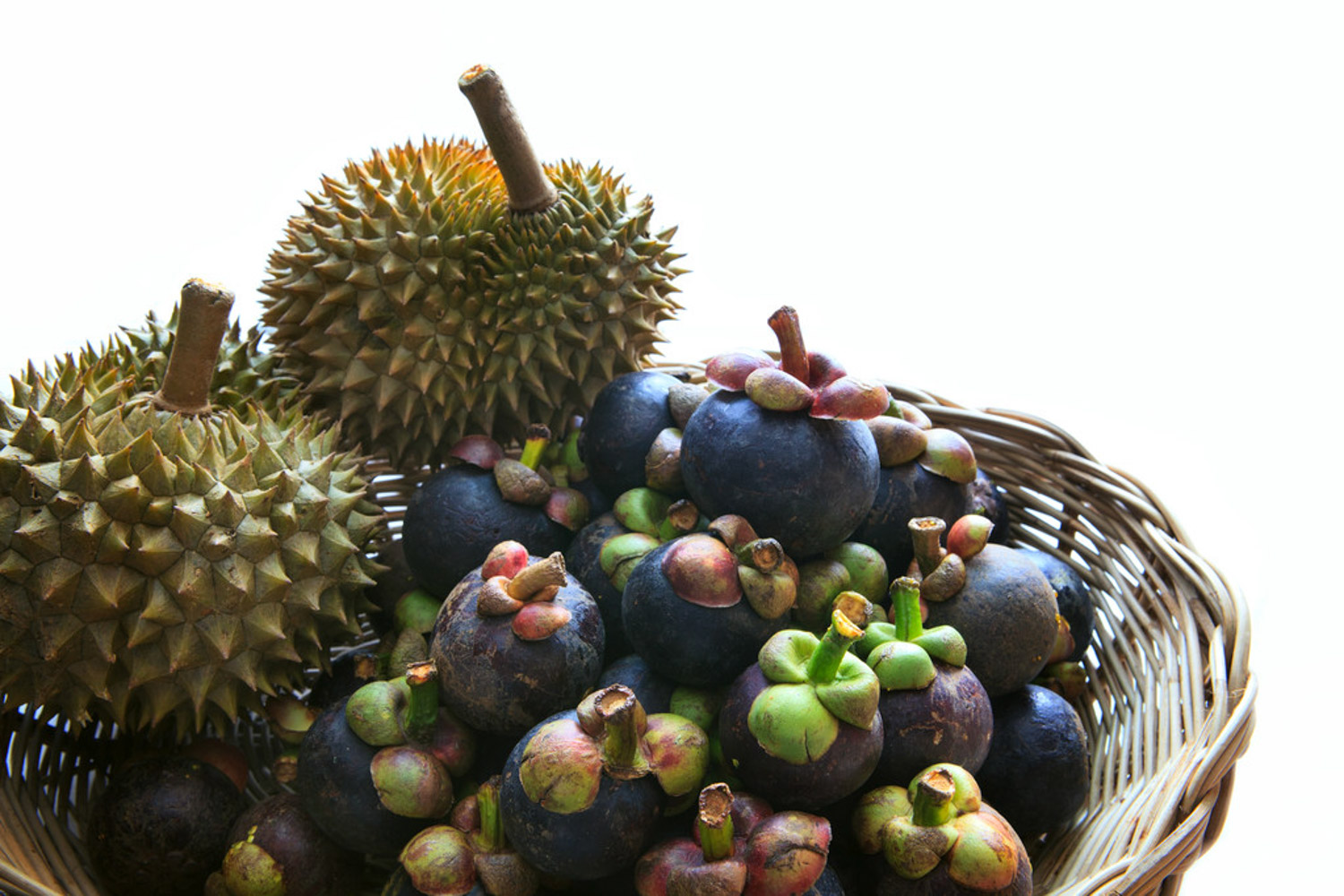
3、 Diagnosis and treatment problems
1. Diseases: there are few diseases of mangosteen. There may be occasional diseases endangering leaves, such as "leaf blight". Generally speaking, it can be cured by spraying two or three times

2. Pests: compared with diseases, the probability of pests is relatively large. For example, "pink scale" and so on, they will threaten the tender leaves. It can be prevented by avoiding aphid fog. There are "thrips" and so on, which can be sprayed with trichlorfon

4、 Other issues
1. Toxicity: the plant of mangosteen is not poisonous, and its fruit is edible. The core of the fruit is also non-toxic

2. Whether it can be raised at home: its potted plants can be raised at home. When it turned out, it was pretty good to watch


 jackfruit
jackfruit snake plant
snake plant hibiscus
hibiscus hydrangea
hydrangea lavender
lavender Green roses climb al...
Green roses climb al... If you don't pay att...
If you don't pay att... Management of four g...
Management of four g...

































